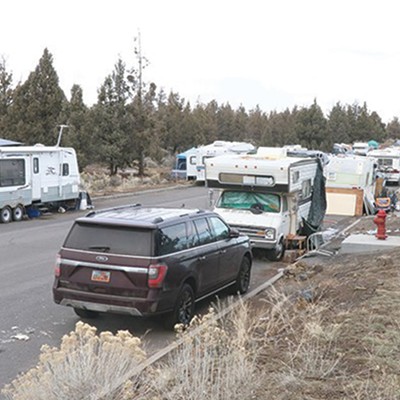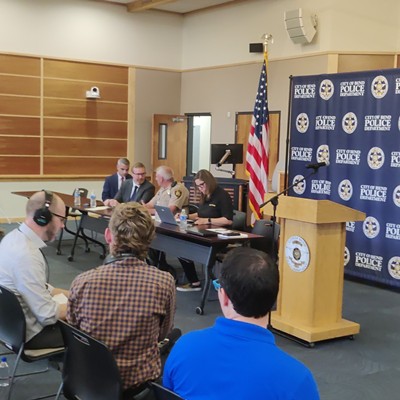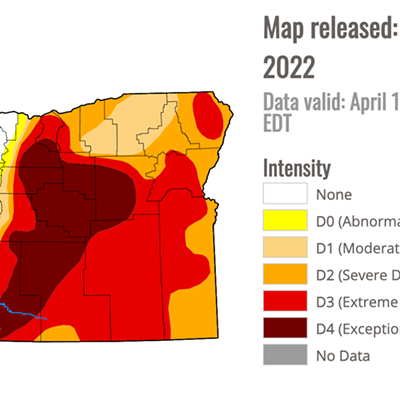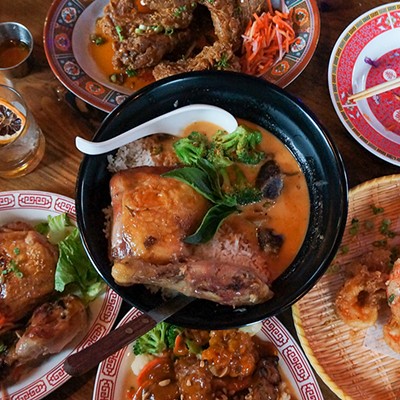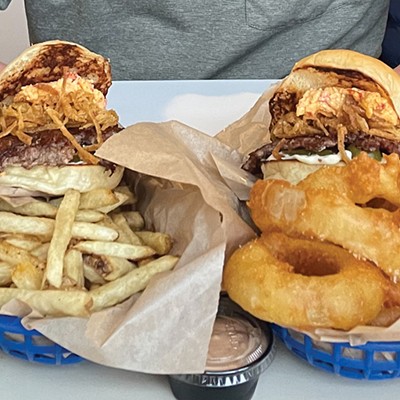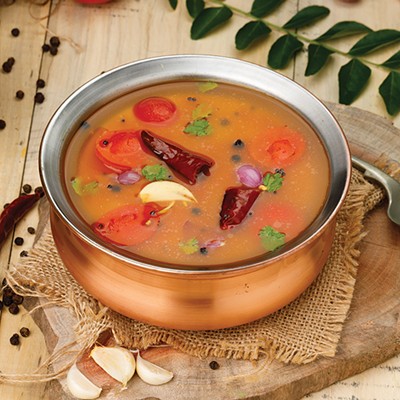"Who had the pork chop?"
We've all been through this. You and your dining companions have chosen a restaurant, been seated, presented with menus and had your orders taken. When the food arrives, the server starts making you do all the work. It's a conversation-stopper. Hands point to one another across the table. A glass of wine gets knocked over due to all the reaching and pointing. This system is known as "auctioning" food, and it's a big no-no in fine dining table service.
Since it's so universally frowned upon, it happens very rarely. Instead, the server glides up to your table and places the dishes in front of the guests who ordered them without asking for your help. Sometimes it's a food runner (someone you haven't met yet) presenting your meals. It's like a magic trick! You may wonder how that guy knew "who had the pork chop" without asking. He wasn't even here when your orders were taken. So how do they do it, these corkscrew-carrying heroes of the dining room floor?
It's a game of numbers. First, each table has an assigned number. All the servers know which table is assigned which number. That is job one as a newly-hired member of the front-of-the-house crew: memorize the table number chart. Heck, in diners and mid-level steak houses, you can even find your own table number on a black plastic tag glued firmly to the edge of your booth's table. But in fine dining, it's more discreetly done from memory.
Table numbers are often grouped into sections, as well. Perhaps all the tables in the section against the west wall are the 70s, so servers can easily find table 71 or table 73 in the section they're assigned. Sometimes the section itself has a number, too. The manager assigns sections to specific servers during a pre-shift meeting. So that explains how even a food runner you haven't seen before can make sure the right food gets to the right table, but how does he or she know which patron at that table ordered which dish? Seat numbers.
There's no need for you to turn around and see if there's a number written on the back of your seat at this point; there's not. All servers and food runners must also memorize seat numbers and convey those numbers to the point-of-sale system when they ring in the table's order. You might well ask yourself how they can possibly keep the section numbers, table numbers and seat numbers memorized for a 125-or-more-seat restaurant, but it's easier than you'd think. Seat No. 1 at any given table is usually designated as the seat closest to the front door. Then the seat numbers advance, usually clockwise from seat No. 1, whether the table is round or square.
So when a server (even if it's not your original server) picks up food to be delivered to your table, he or she inspects the ticket before leaving the pass and can clearly see that seat No. 3 at Table 71 is "who had the pork chop." This system works well for veteran servers and newbies alike, as long as someone correctly wrote down the seat number that goes with each dish when taking the order, and then inputs it correctly into the point-of-sale system.
Naturally there are variables. In fine dining, it's a long, antiquated tradition to take the ladies' orders first, beginning with the eldest (if one of the ladies is obviously eldest). If not, it's permitted to start with any lady at the table, take all the ladies' orders and then move on to the men. Food should be delivered in the same order if possible. So, it's not just a matter of beginning with seat No. 1 and going around the table clockwise or tossing plates full of food out like you were dealing a hand of poker. Maybe you start by taking seat No. 3's order, then move on to seat No. 6, then back to seat No. 1 and then on to seat No. 4. It's complex: This is one of those hidden nuts and bolts things that — when it's performed correctly — you will never even realize.
Some of this fine-dining order-taking etiquette has been modernized and simplified over the years, though, so ladies: Don't get your linen napkin in a twist when the server looks at you first and asks what you'd like for dinner. You might simply be the lady closest to the door.
This article originally appeared in LEO Weekly, in Louisville, Ky.

